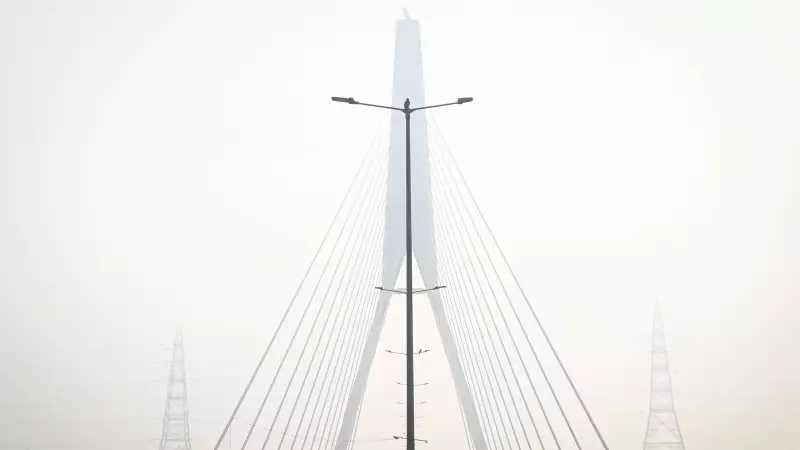
In a surprising revelation that challenges conventional wisdom about Delhi's pollution crisis, recent data shows that agricultural fires in Punjab and Haryana have plummeted by a remarkable 77% compared to last year. Yet, the capital city experienced one of its most toxic post-Diwali periods, leaving experts and citizens alike searching for answers.
The Pollution Paradox: Fewer Farm Fires, Worse Air Quality
While many pointed fingers at stubble burning as the primary villain in Delhi's pollution story, the numbers tell a different tale. According to comprehensive analysis, farm fire incidents dropped significantly from previous years, yet the Air Quality Index (AQI) soared to hazardous levels immediately following Diwali celebrations.
What's Really Choking Delhi? The Hidden Culprits Exposed
The report uncovers several major factors contributing to the severe pollution spike:
- Firecracker aftermath: Despite bans and restrictions, Diwali fireworks released massive amounts of particulate matter into the atmosphere
- Meteorological conditions: Unfavorable weather patterns, including low wind speed and temperature inversion, trapped pollutants close to the ground
- Local emission sources: Vehicle exhaust, construction dust, and industrial emissions continued to contribute significantly to the pollution load
- Regional transport: While farm fires reduced, the existing smoke combined with other pollutants created a toxic cocktail
The Complex Reality of Urban Pollution
This situation highlights the multifaceted nature of Delhi's air pollution problem. While agricultural burning remains a concern, the data suggests that addressing urban emission sources and managing festival-related pollution are equally critical to solving the capital's air quality crisis.
The findings underscore the need for a comprehensive, year-round approach to pollution control rather than seasonal interventions focused primarily on farm fires. As winter sets in, the combination of multiple pollution sources with unfavorable meteorological conditions continues to challenge the city's breathing space.





